TAPIOKA
JOYSUMMER2023



I used to see joy as an extension of accomplishment - as something that I had to earn the right to feel. A mentality that disregarded the everyday moments of happiness as just another small ripple to fade with time. But in these past few years, I’ve come to realize how much of my college experience has been defined by the “insignificant” and “ordinary.” These memories, despite how fleeting they may be, have made me cherish the little time that we have here In this issue, we hope to highlight the beauty of these charming mundanities of life, and how they help us to find and create our own definition of joy.
Over the summer, we’ve taken great strides as we’ve begun our rebranding from the OU AASA Magazine into Tapioka Magazine. We see it as a change that signifies our evolution with a newfound creative identity. Considering our roots as a passion project within AASA, we’re so lucky to be able to continue serving as a creative platformforourcommunity.
This past year has been nothing short of life-changing, and so, from the bottom of my heart, thank you. This publication has grown into a source of joy for me, and I hope that it will be the same for you all as well. I’m constantly in awe of what we’ve been abletodo,andIcan’twaittoseewhatthefutureholdsforusasTapioka
Sincerely,
AnthonyNguyen | Editor-in-Chief
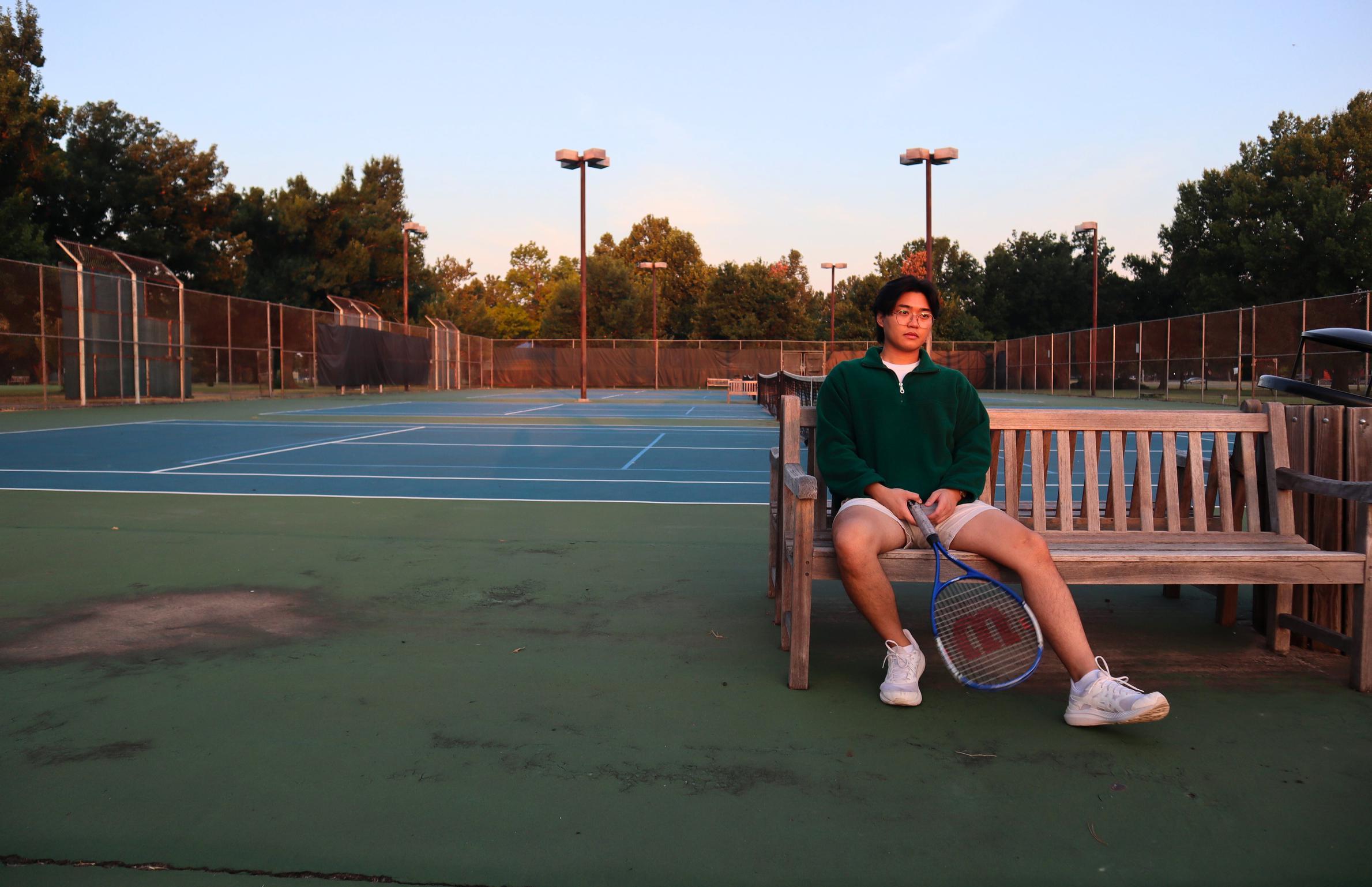
 Anthony Nguyen
Erik Phan
Kaella Glenn
Caitlin Le
Ivan Ma Kaly Phan
Emma Nguyen
Jen Nguyen
Mahlinee Chonlahan
Front Cover Photo by Makenzie Toma
Anthony Nguyen
Erik Phan
Kaella Glenn
Caitlin Le
Ivan Ma Kaly Phan
Emma Nguyen
Jen Nguyen
Mahlinee Chonlahan
Front Cover Photo by Makenzie Toma


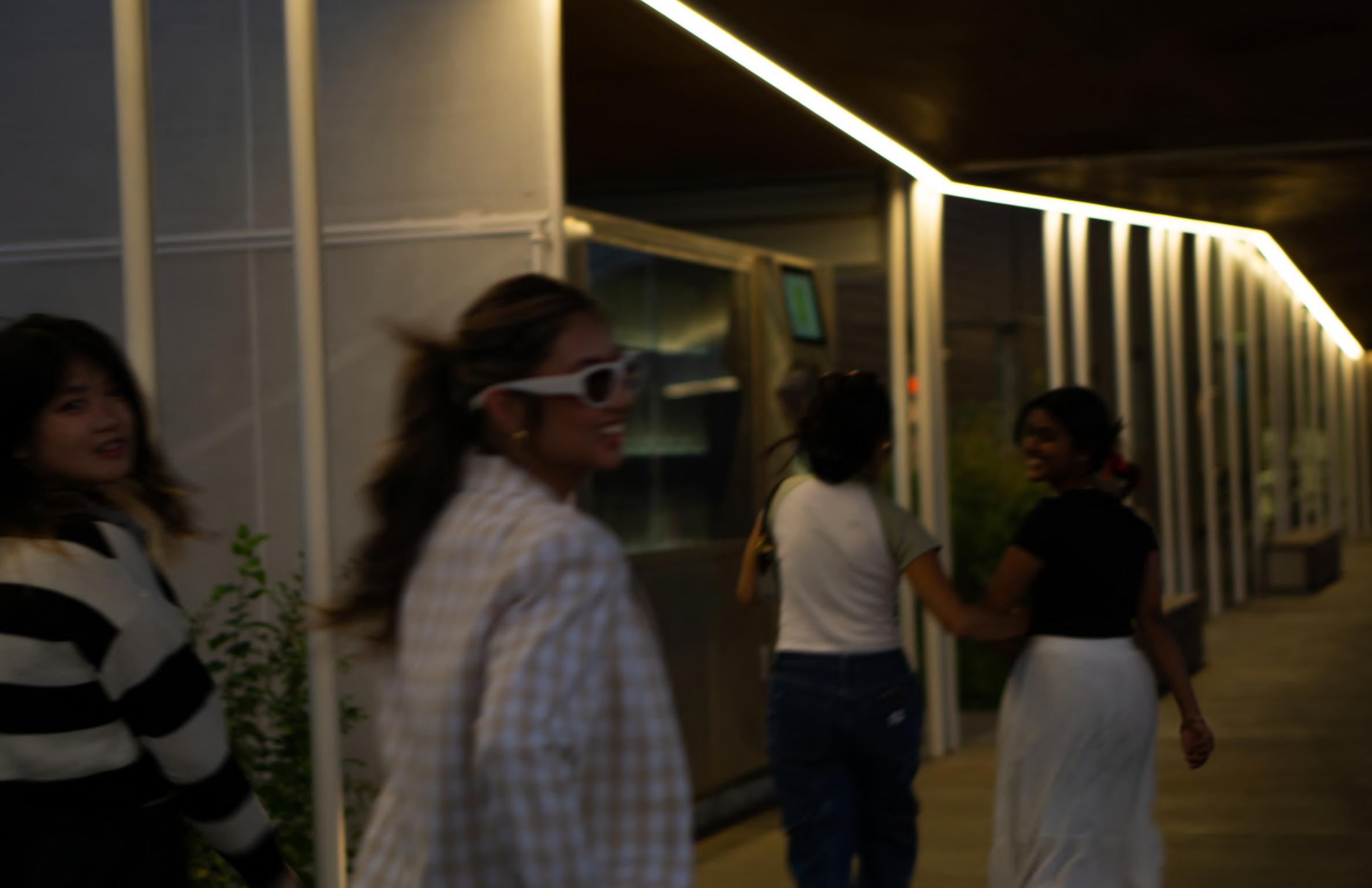
Models(L-R):

SusanLuc
AnnaNguyen
AmeliaBrown
SyedaSayera
Photographyby TristanTimog

The Anarkali is a form of women's formal wear, originating from the Indian subcontinent. The word "Anarkali" translates to "the delicate bud of the pomegranate flower." This particular dress - the Salwar Kameez - contains three parts: the Salwar (trousers), the Kameez (dress), and the Dupatta (scarf). Additionally, this Anarkali Salwar Kameez is accompanied by a tikli, aheadaccessoryplacedinthemiddlepartofthehair.



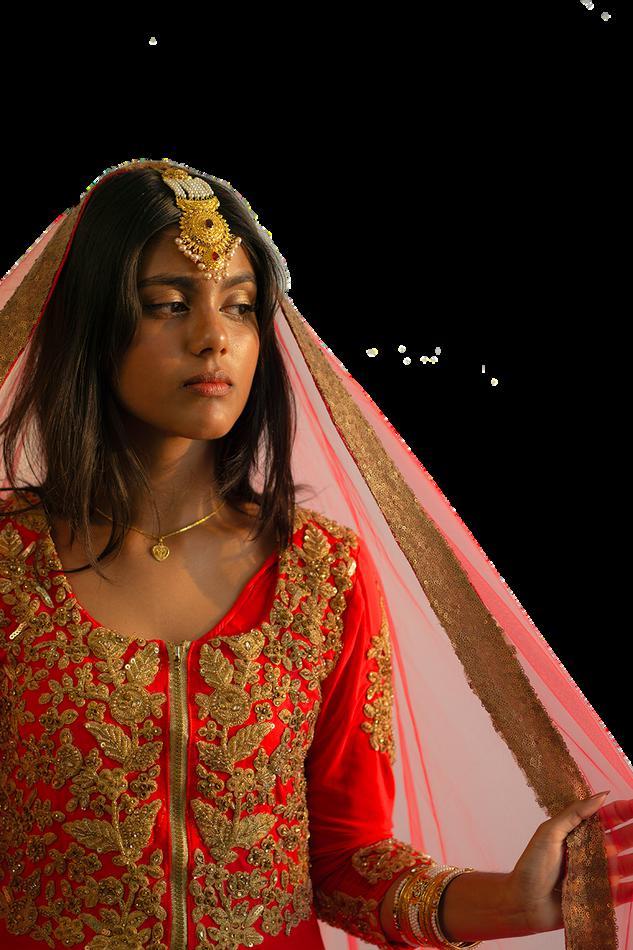


The Qipao, also known as the Cheongsam, is a Chinese traditional dress. It is known for its elegant silhouette, featuring a fitted bodice and a straight, high-collar neckline. The dress is designed to honor tradition while showcasing the wearer's individual style. This particular style of wedding Qipao is worn to celebrate cultural heritage, evoke elegance, and mark important lifeeventsinameaningfulway.




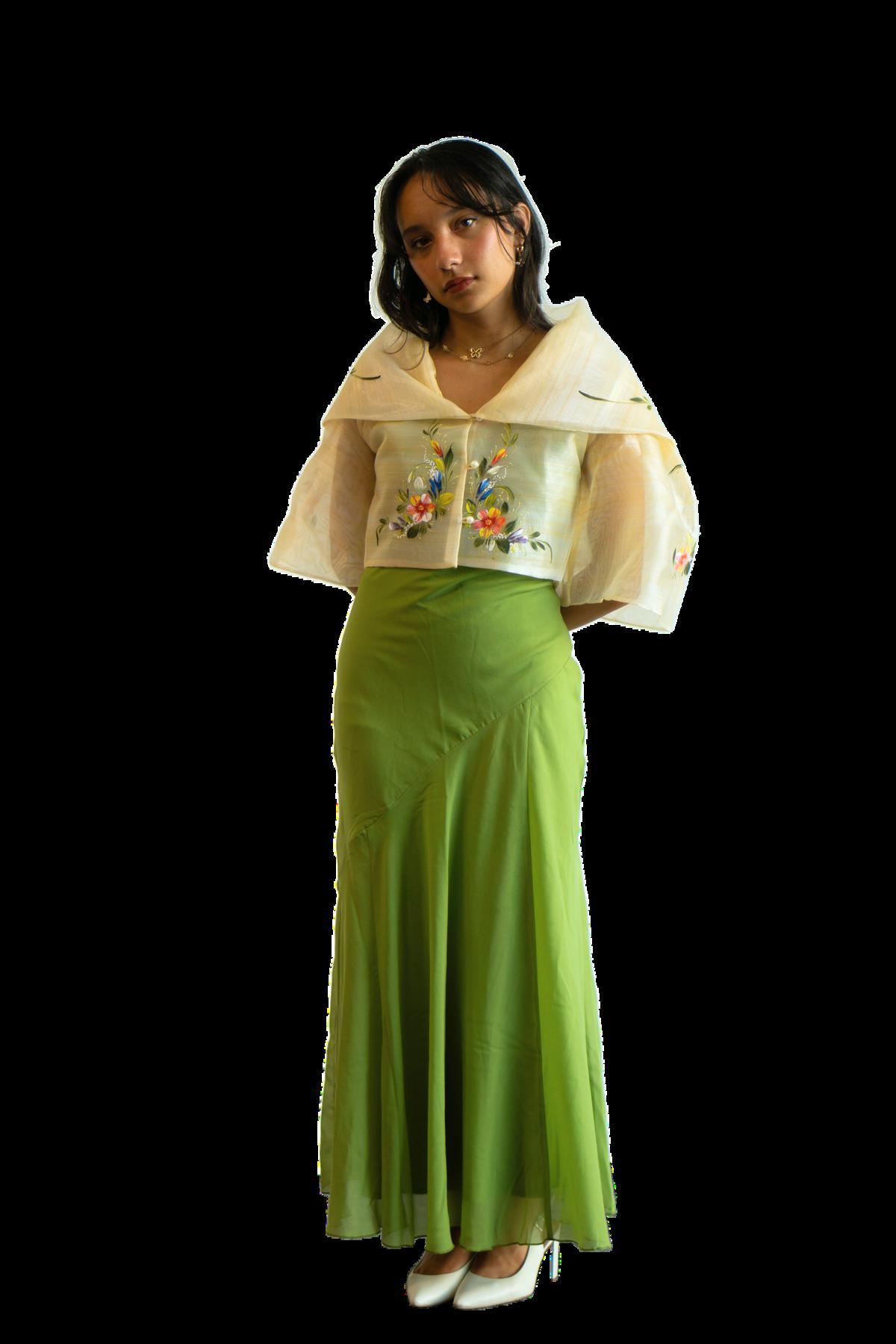

The Filipiniana Maria Clara Shawl is worn with a dress or skirt, representing historical Maria Clara traditional wear made from pineapple organza. With hand painted flowers and butterfly sleeves, this design was popularized in the early 20th century and has become a symbolofurbanFilipinotraditionalwear.
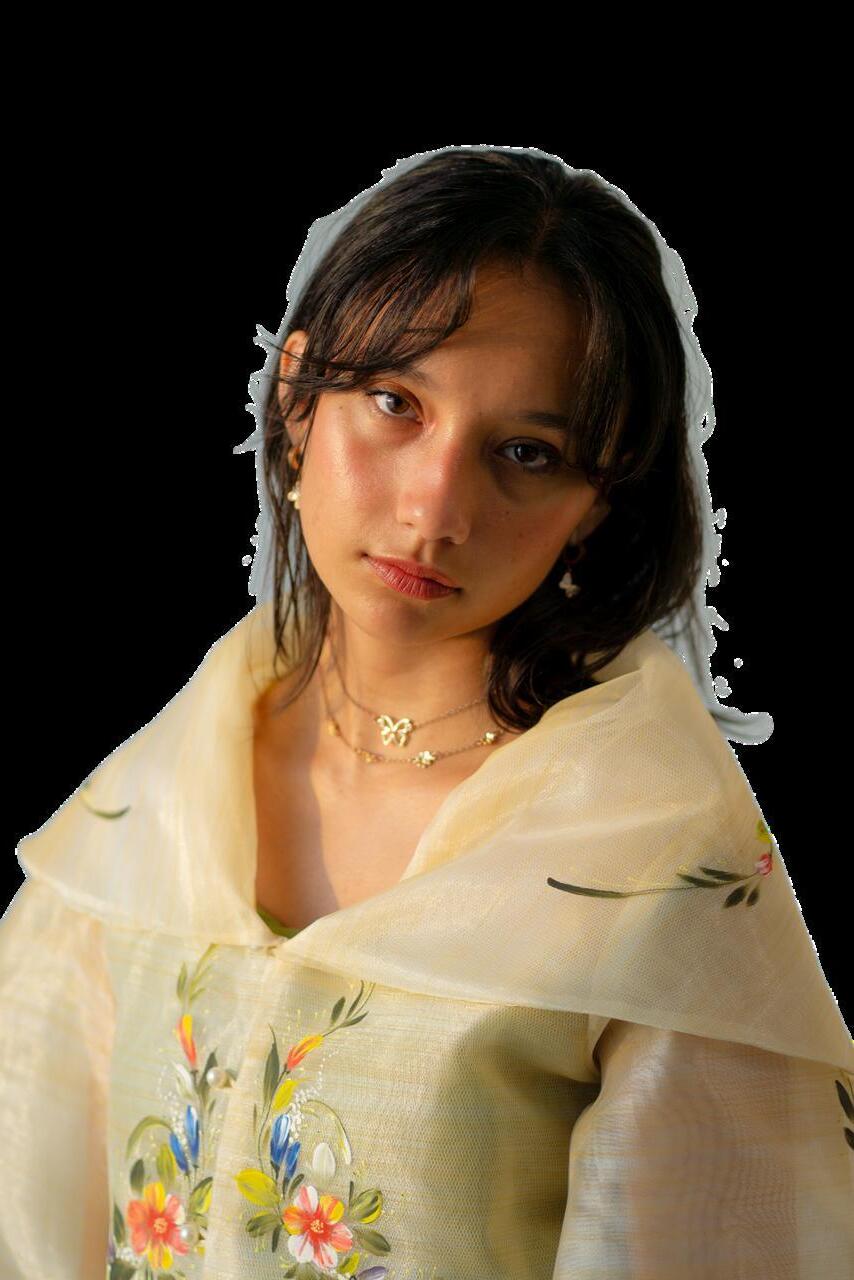



The Áo Dài is the traditional dress in Vietnam, which is usually worn on formal occasions. It is a long dress with splits, usually worn with silky trousers underneath. Representing beauty and elegance, the Áo Dài is a symbol of Vietnamese culture and identity. It holds significant cultural importance, being deeply ingrained in the country’s history andtraditions.
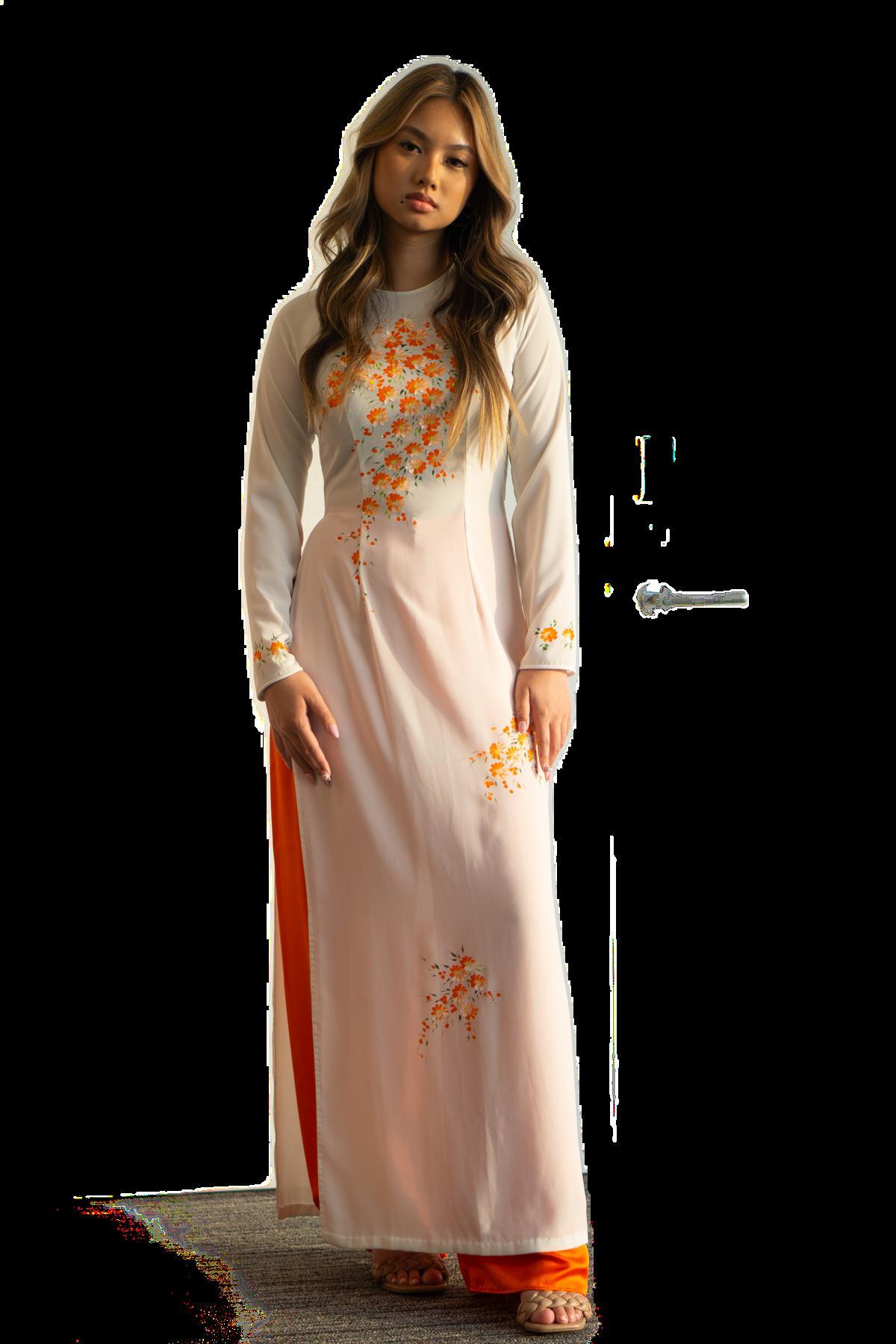











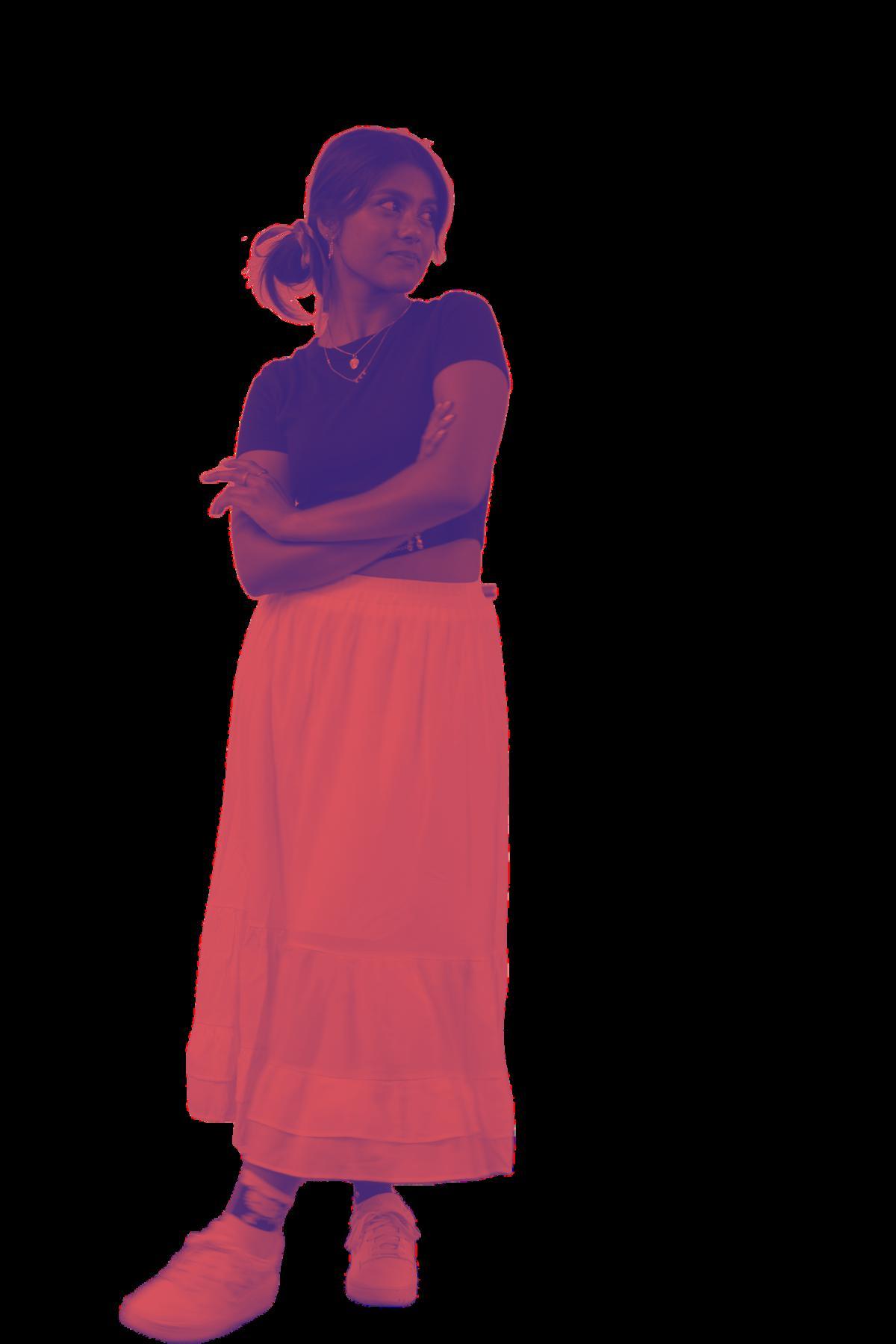
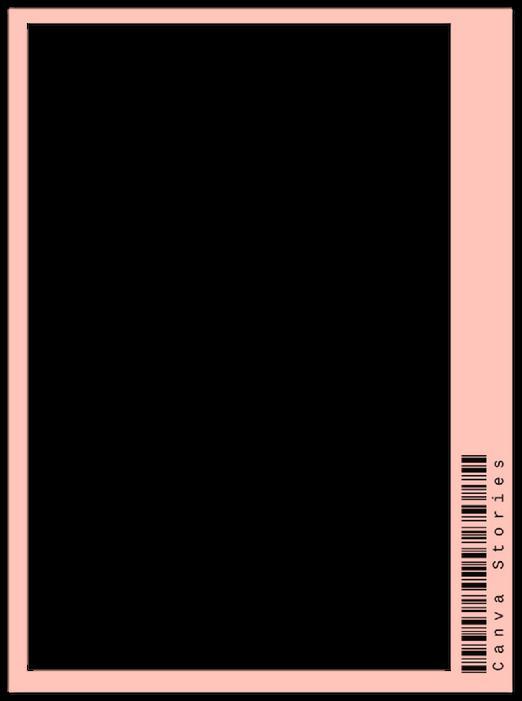
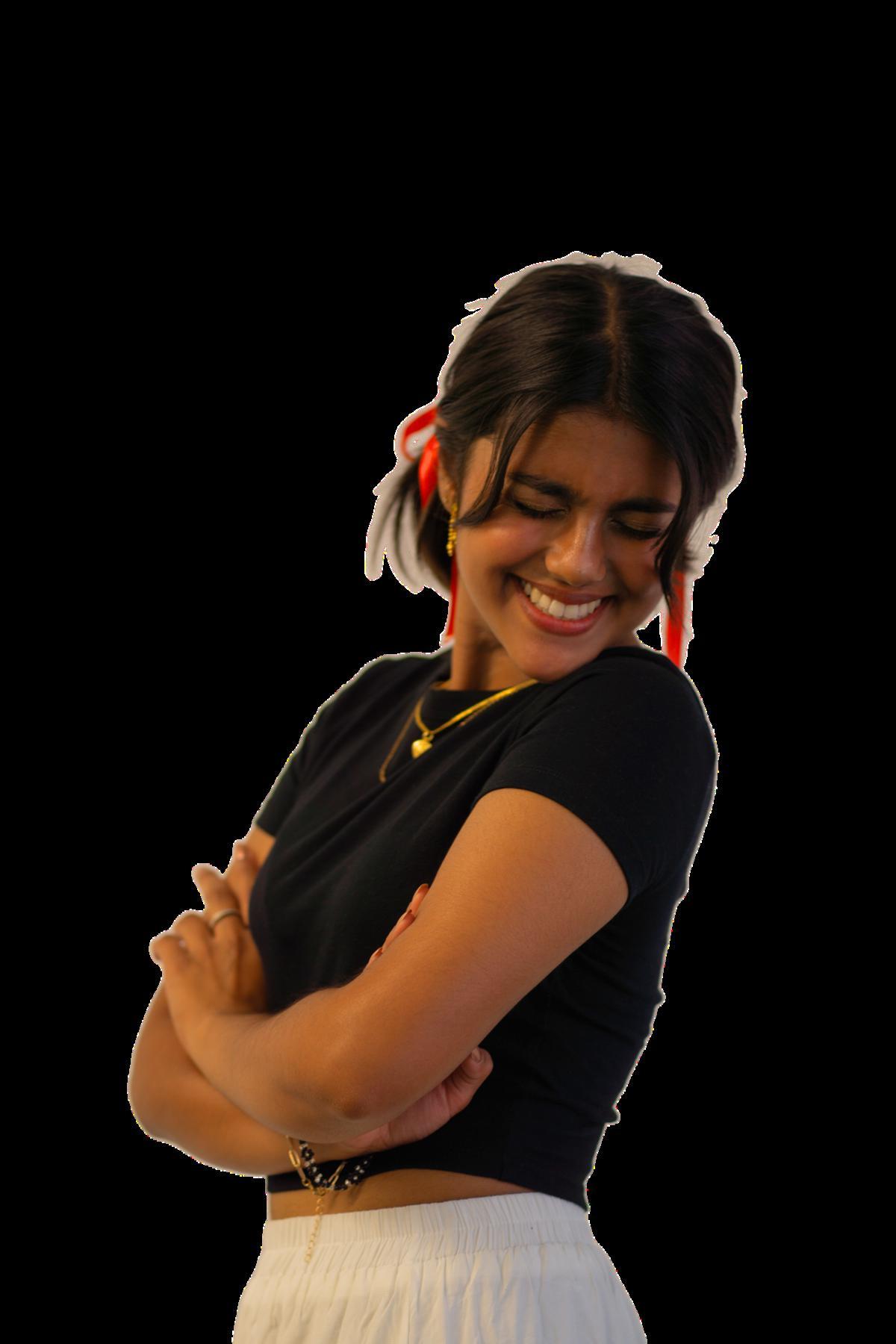
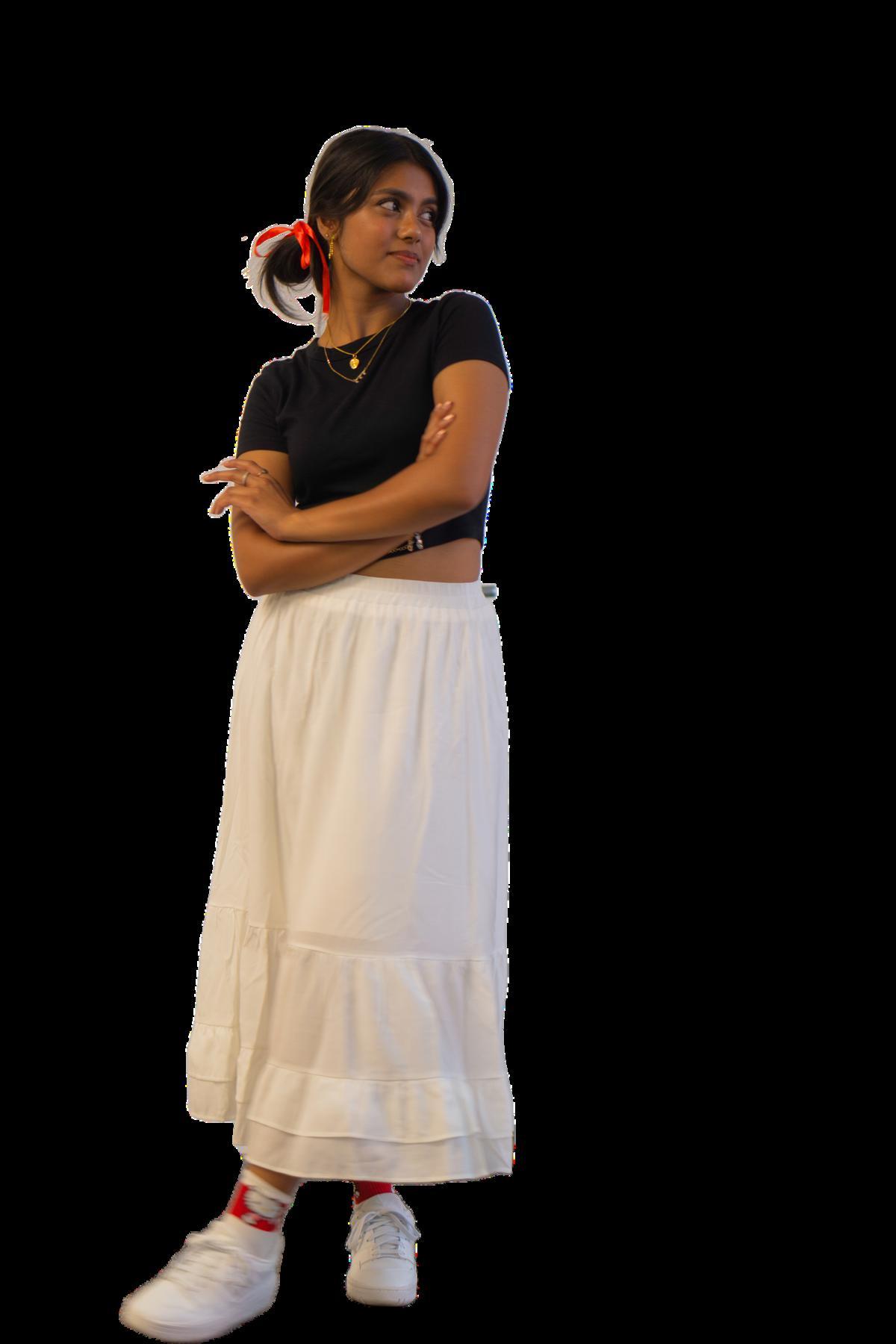








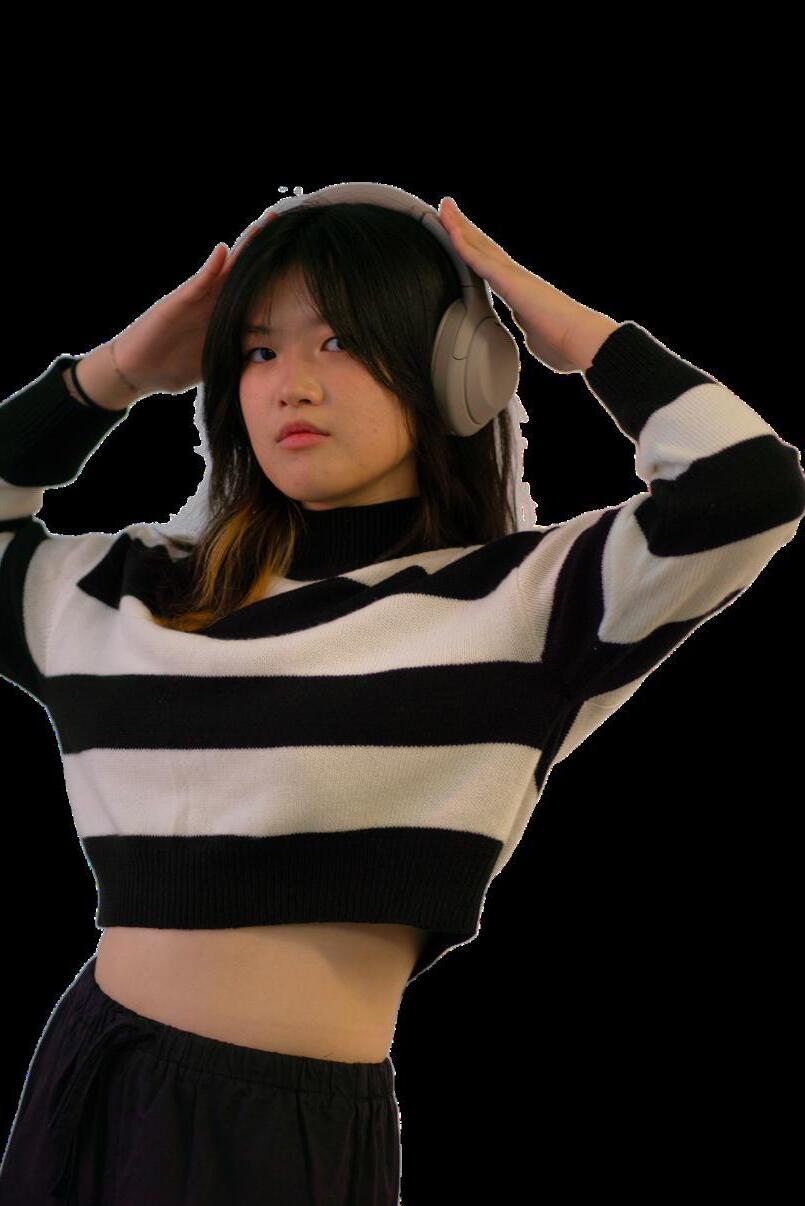


 Model: Ann Nguyen
Photography and Afterword
Model: Ann Nguyen
Photography and Afterword








AnodetotheAsianDistrict,ThankYouisareturnto
Oklahoma City’s bridge between worlds The titular “thank you ” take-out bag represents a palatable Asian cuisine, adapted to American consumption. Yet, at home, these same dishes are their own gesturesofloveandgratitude.
Family ties, strengthened through each generation, endure as a symbol of cultural unity The armchair merges a fixture of the typical American family home withalifetimeofconversationintwotongues.
Inspired by childhood memories, Thank You recontextualizes the Asian American experience through the cultural resonance found within the OKCAsianDistrict.

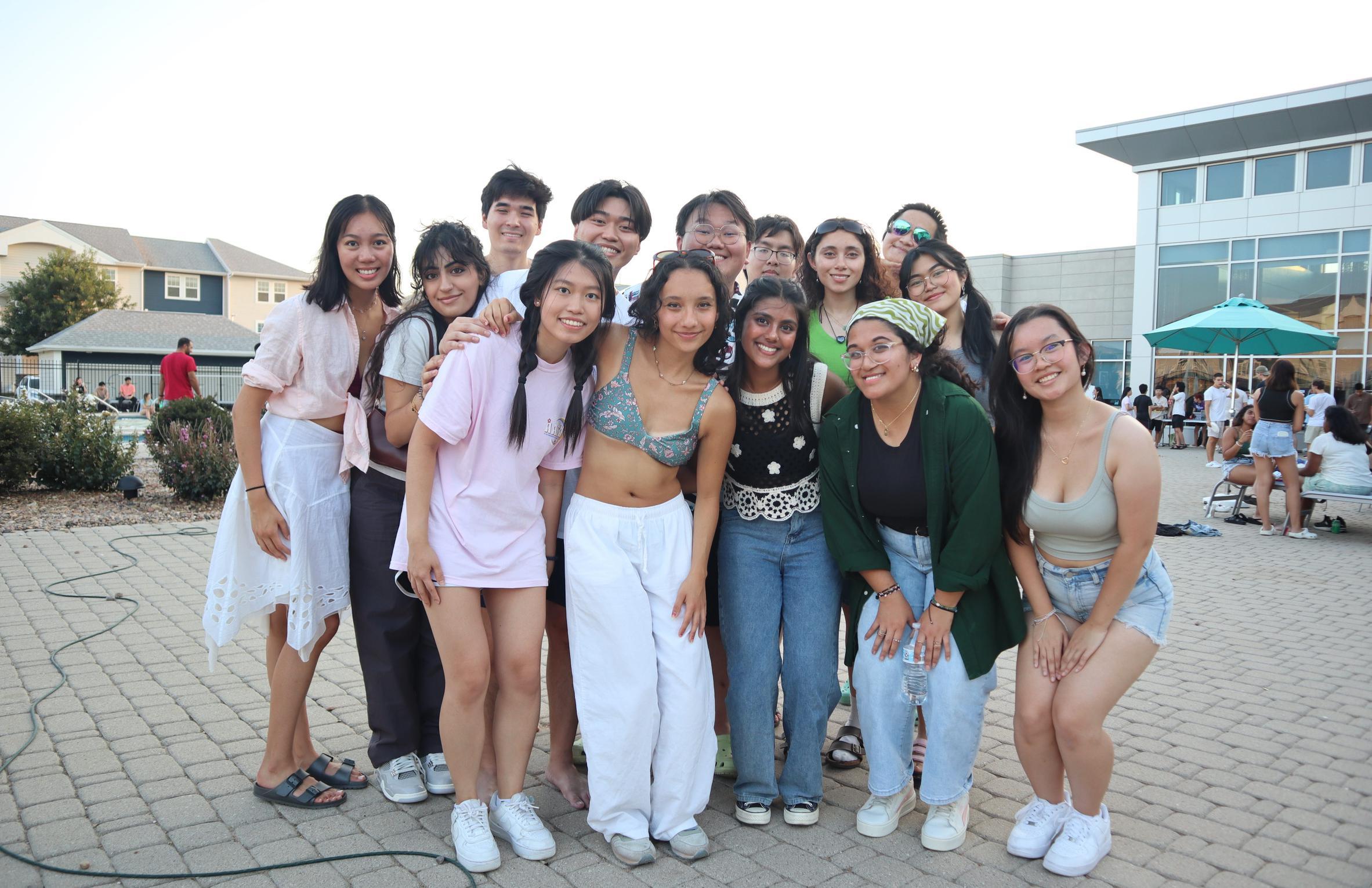 Photography by Makenzie Toma
Photography by Makenzie Toma


(L-R): Ariana Sayeed - VP External

Amelia Brown - President
Syeda Sayera - VP Internal
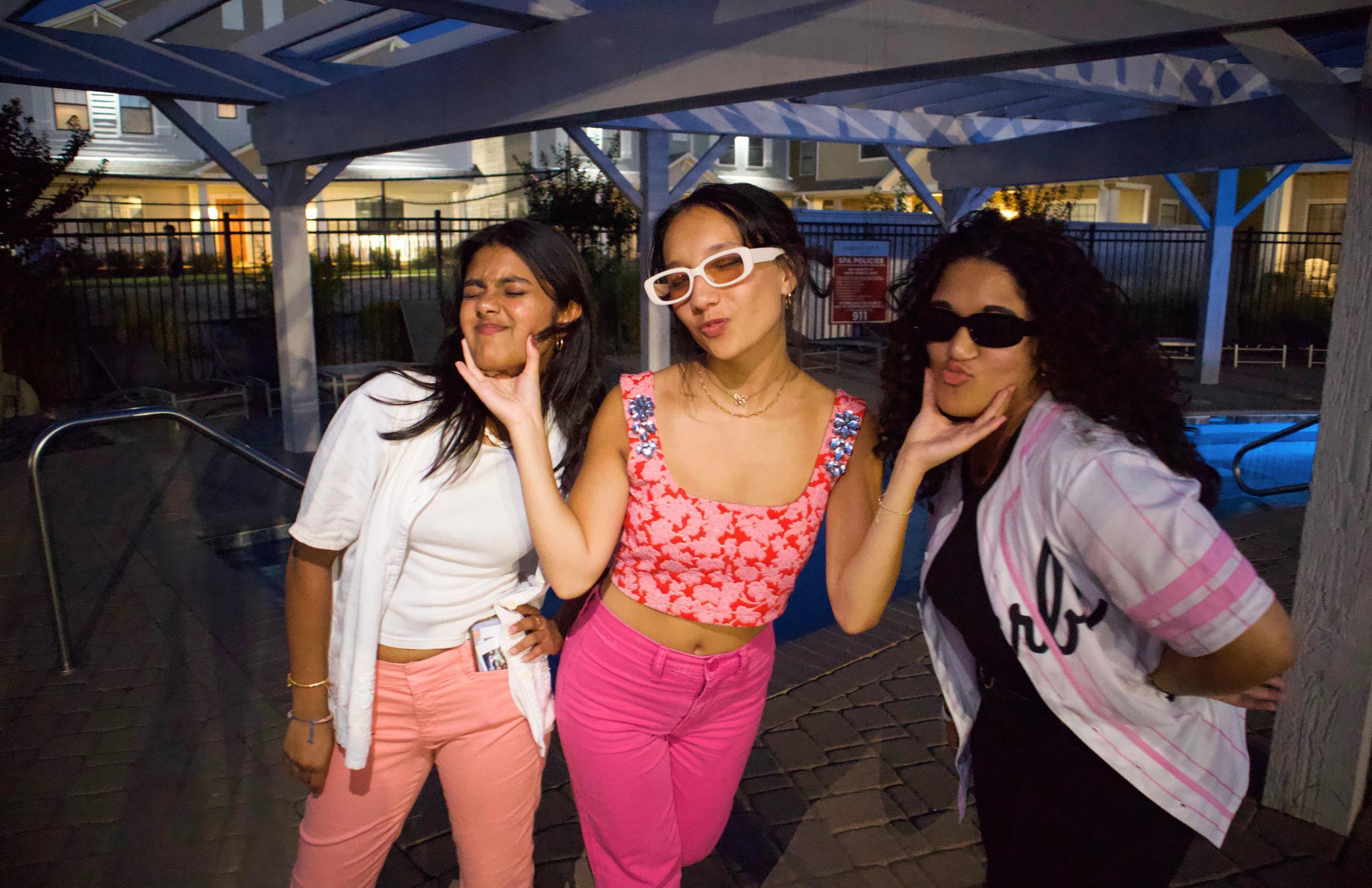

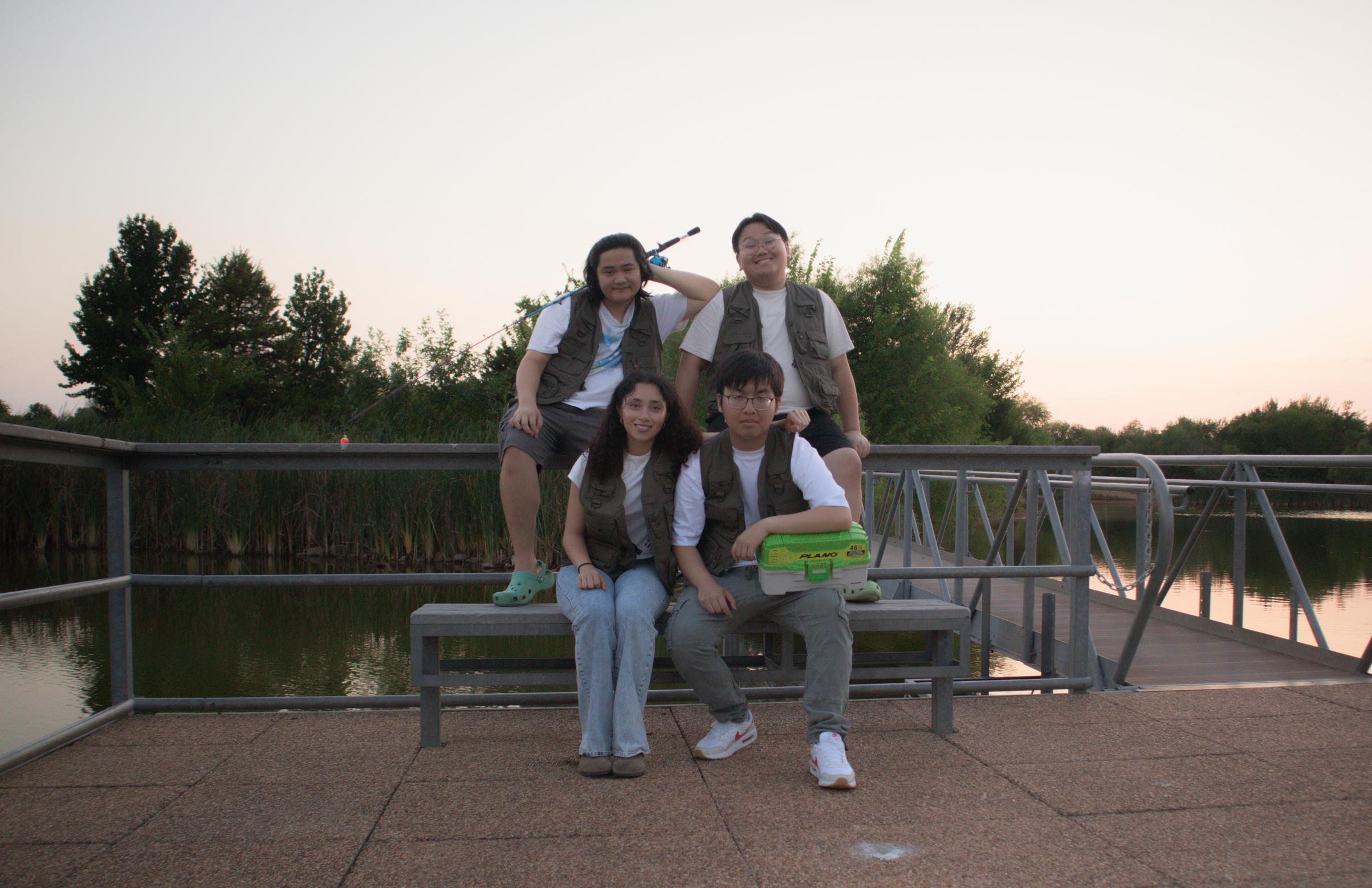
Models (L-R):

Erik Phan - Creative Director
Mike Pham - Secretary
Makenzie Toma - Historian
Anthony Nguyen - Magazine Editor-in-Chief




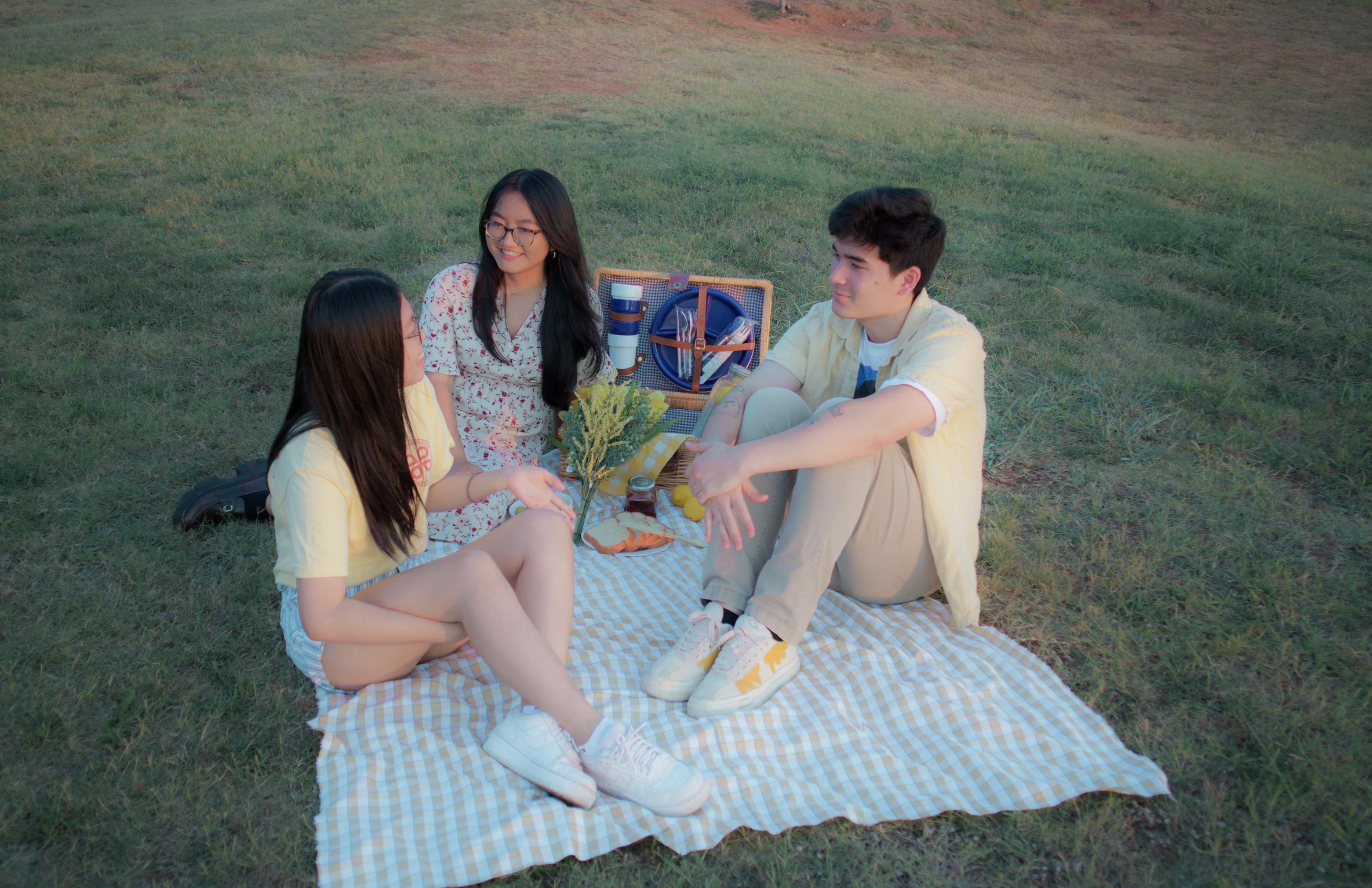

Models (L-R):
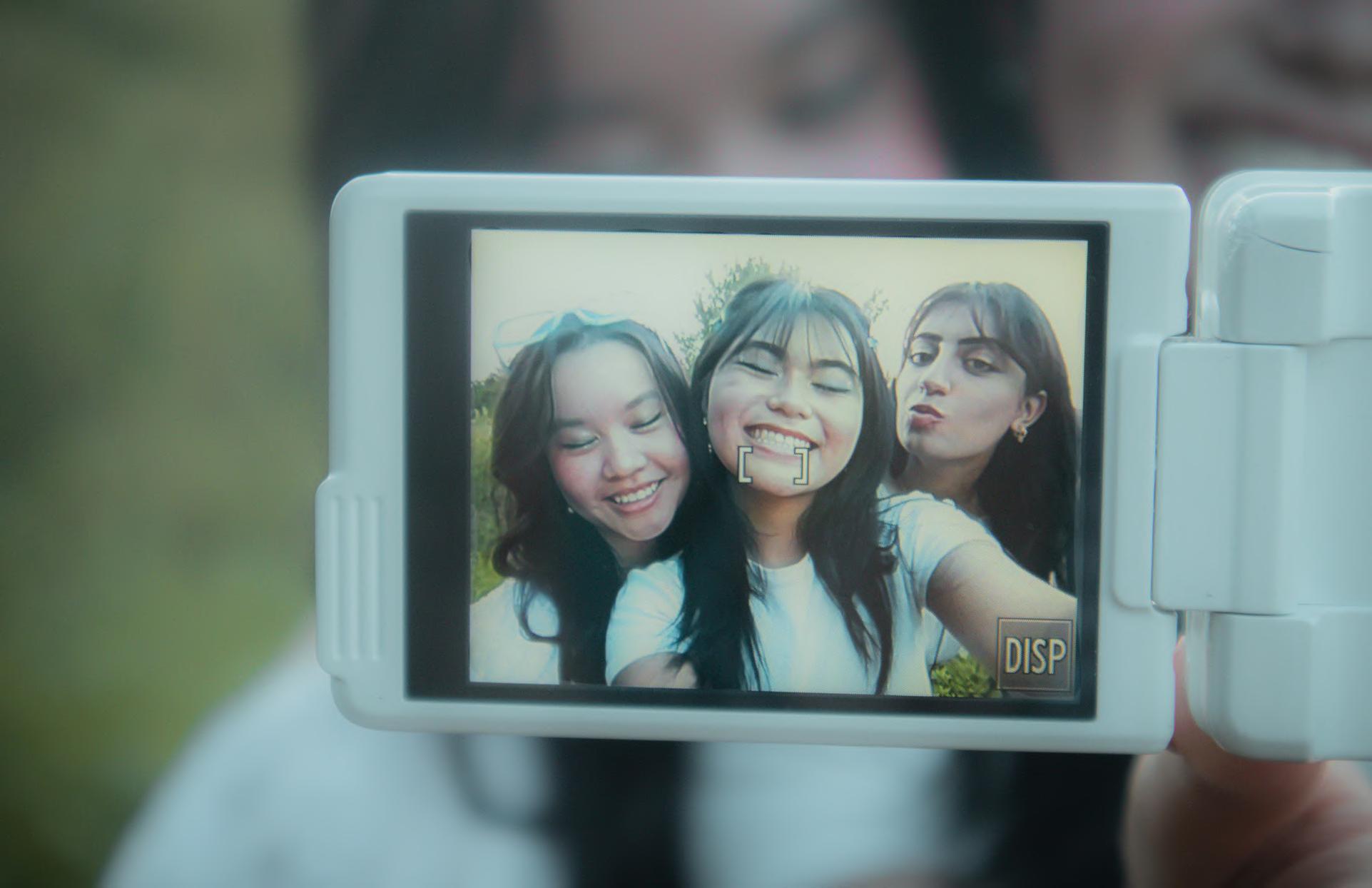
Lina Thai - Lunar New Year Chair
Laura Nguyen - Asian Food Fair Chair
Sana Arshad - OU Asian Royalty Chair



Models (L-R):

Brandon Kieu - TALC Chair
Lauren Hsieh - Live Music Night Chair
Brittney Luong - Senior Night Chair




Models (L-R): Vivian Hua - OU Asian Royalty Subah Chowdhury - OU Asian Royalty






